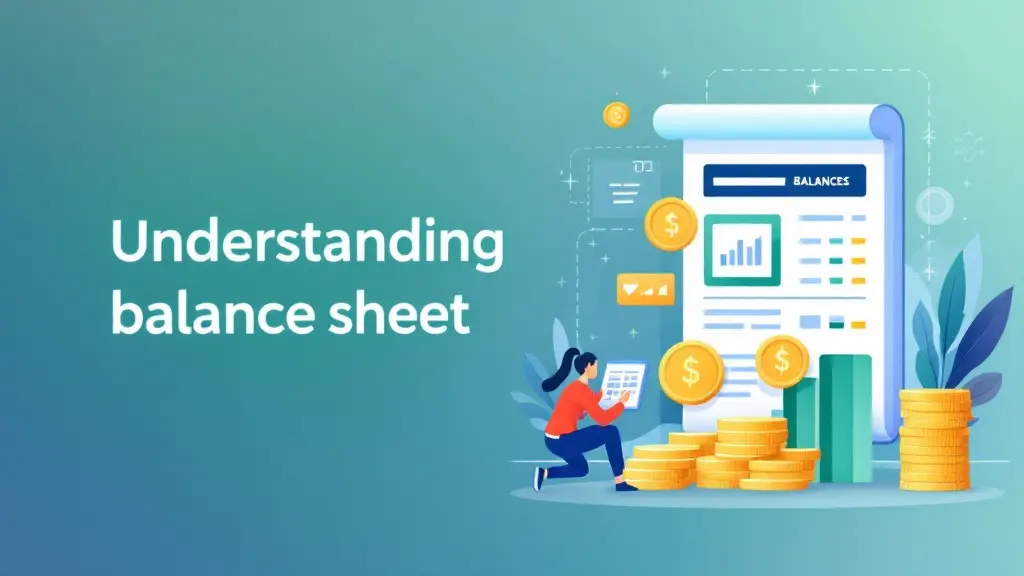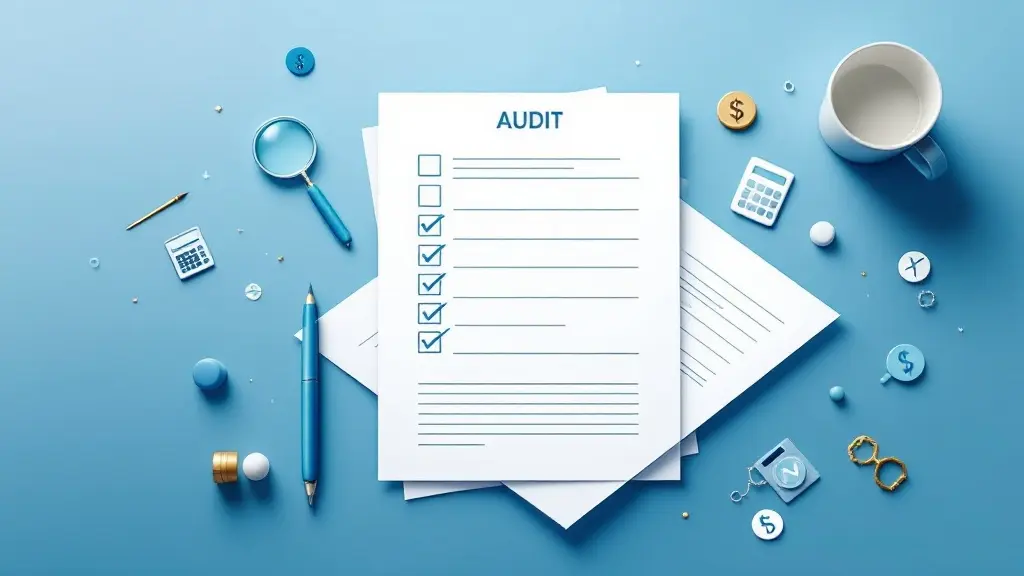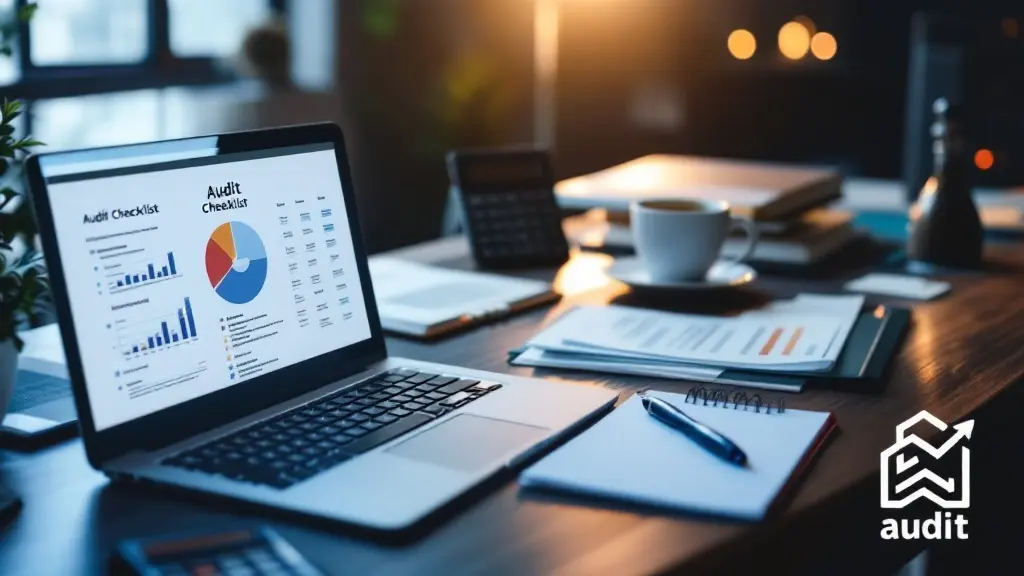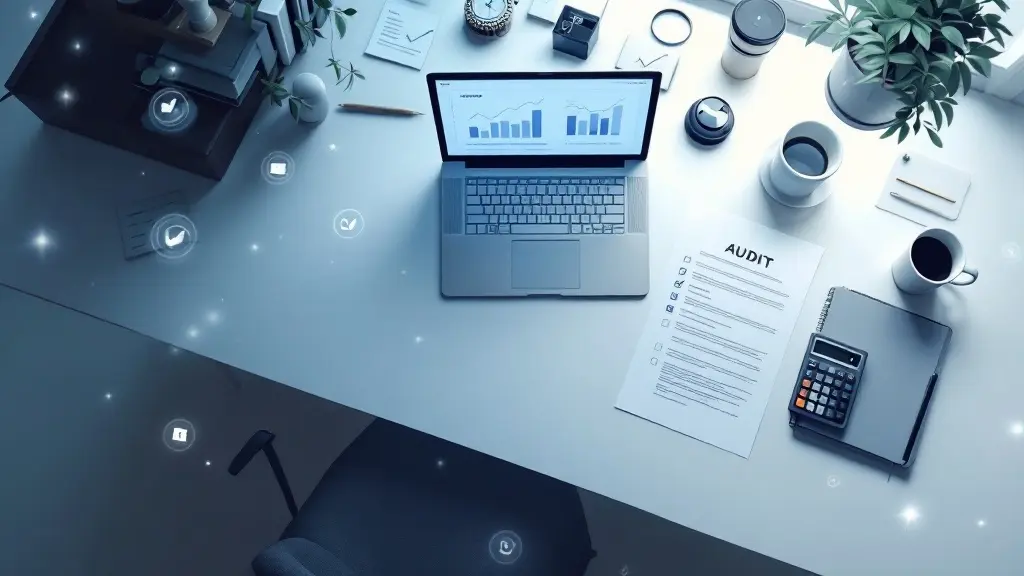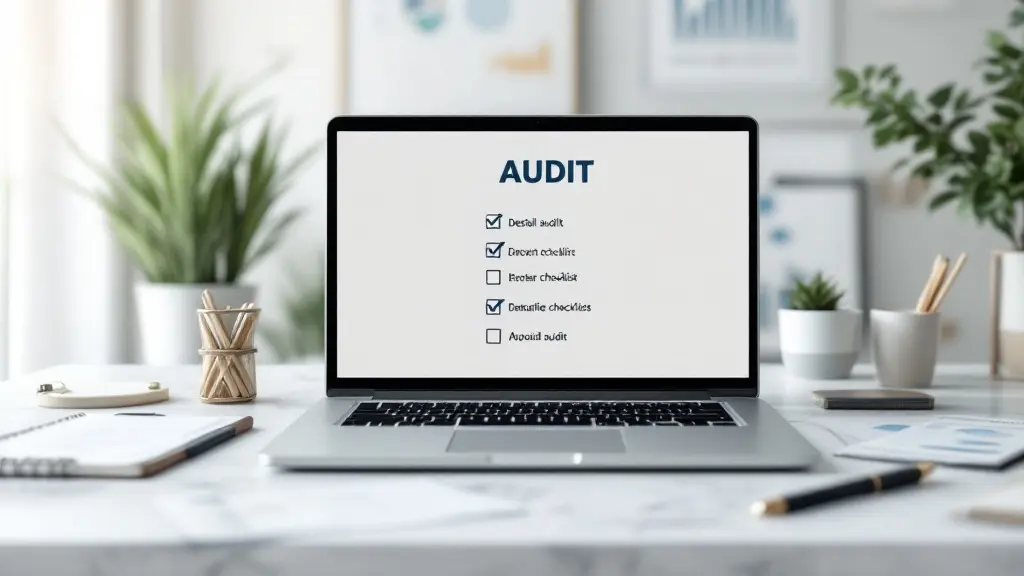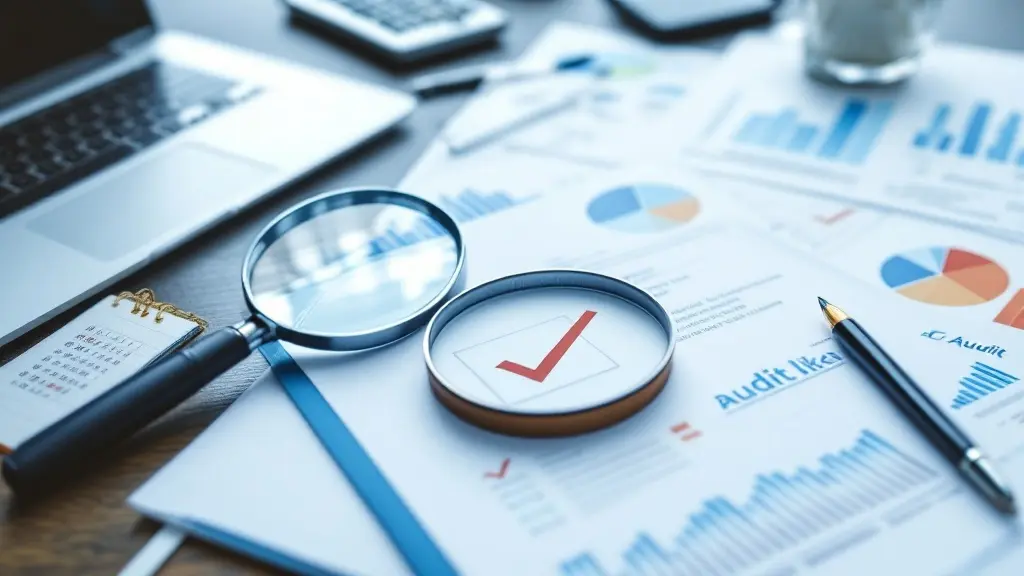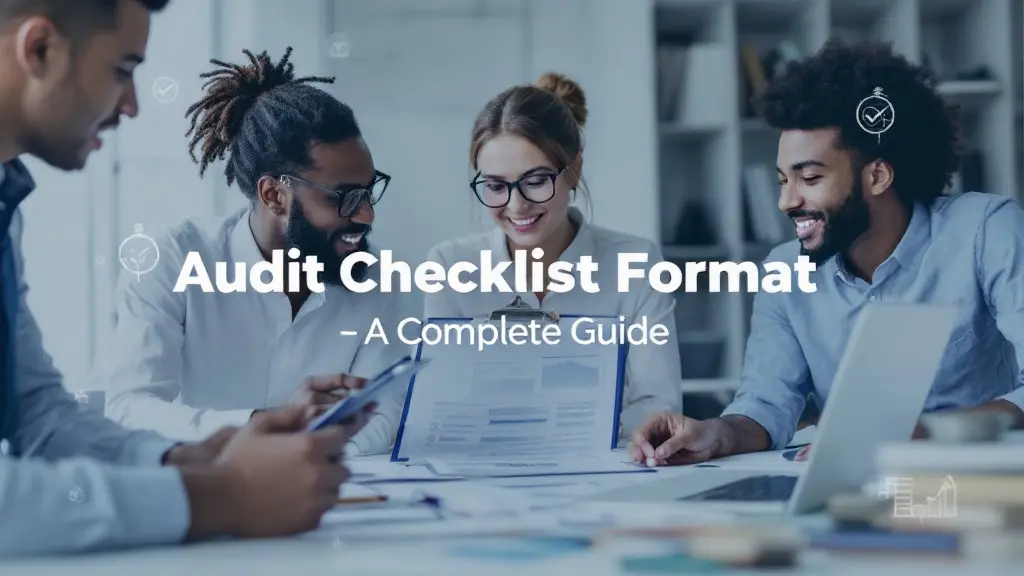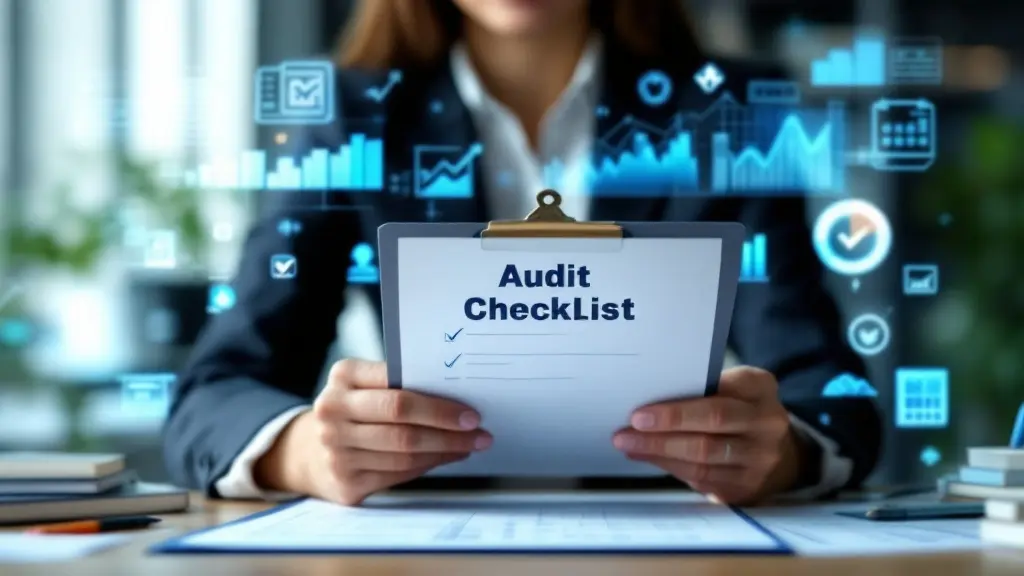Assets and Liabilities Chart: Understanding the Backbone of Financial Management
Table of Contents
Most Read
[fusion_dropcap class="fusion-content-tb-dropcap"]I[/fusion_dropcap]n the world of business and finance, understanding the financial health of an organization is crucial. One of the most effective ways to assess a company’s financial standing is by examining its assets and liabilities. These two key components form the foundation of a business’s balance sheet and provide valuable insights into its financial stability. In this blog post, we will dive into the concepts of assets and liabilities, explain their importance, and explore how you can create and analyze an assets and liabilities chart.
What Are Assets and Liabilities?
Before we delve into the specifics of an assets and liabilities chart, it’s important to understand what these terms mean.
Assets:
Assets are the resources owned by a business or individual that are expected to bring future economic benefits. These can include anything that holds value and can be used to generate income or be sold for cash. Assets are typically classified into two categories:
- Current Assets: These are assets that can be easily converted into cash within a year, such as accounts receivable, inventory, and cash.
- Non-Current Assets (Fixed Assets): These are long-term assets, like property, plant, equipment, and intangible assets such as patents or trademarks.
Liabilities:
Liabilities are the financial obligations or debts that a business or individual owes to others. These obligations are expected to be settled over time through the transfer of money, goods, or services. Similar to assets, liabilities are categorized as:
- Current Liabilities: These are debts or obligations that must be settled within a year, such as accounts payable, short-term loans, and accrued expenses.
- Non-Current Liabilities: These are long-term debts that are due after one year, like long-term loans, bonds payable, and pension liabilities.
The Importance of Assets and Liabilities in Financial Analysis
A business’s assets and liabilities play a crucial role in determining its financial health and stability. By understanding how these elements interact, business owners and financial analysts can make informed decisions about managing resources, forecasting future cash flow, and evaluating risk.
- Profitability: Assets are used to generate revenue, while liabilities represent the cost of obtaining those assets. A balanced approach to managing both can ensure profitability.
- Liquidity: The relationship between current assets and current liabilities is essential for assessing a company’s liquidity — its ability to pay off short-term obligations.
- Financial Leverage: Liabilities, particularly long-term ones, are often used by businesses to leverage assets and grow. However, over-reliance on debt can lead to financial strain.
- Debt Management: Monitoring liabilities helps businesses maintain control over their debt levels, preventing excessive borrowing that could lead to financial trouble.
Understanding the Assets and Liabilities Chart
An assets and liabilities chart is a simple yet powerful visual tool that helps business owners and financial analysts assess the financial standing of a company. It provides a clear representation of the resources owned by the company (assets) and the debts it owes (liabilities). Typically, this chart is presented in a balance sheet format, which follows the basic accounting equation:
Assets = Liabilities + Equity
In a properly balanced chart, the total value of assets will always equal the sum of liabilities and equity. Equity represents the owner’s interest in the business after liabilities have been subtracted from assets. This equation ensures that the business’s financial position is accurately represented.
How to Create an Assets and Liabilities Chart
Creating an assets and liabilities chart involves several steps, each requiring careful consideration and accurate data. Below is a step-by-step guide on how to build one:
1. List All Assets
Start by categorizing and listing all the assets owned by the business. Be sure to divide them into current assets and non-current assets.
- Current Assets: These might include:
- Cash
- Accounts receivable
- Inventory
- Prepaid expenses
- Non-Current Assets: These might include:
- Property
- Equipment
- Intellectual property (e.g., patents, trademarks)
- Long-term investments
2. List All Liabilities
Next, list all the liabilities that the business owes. Again, divide them into current liabilities and non-current liabilities.
- Current Liabilities: These might include:
- Accounts payable
- Short-term loans
- Wages payable
- Taxes payable
- Non-Current Liabilities: These might include:
- Long-term loans
- Bonds payable
- Pension liabilities
3. Calculate the Total Assets
Once all the assets are listed, sum them up to calculate the total assets. This value will reflect the total worth of the resources that the company owns.
4. Calculate the Total Liabilities
Sum up all liabilities to determine the total debts owed by the company.
5. Equity Calculation
To calculate equity, simply subtract the total liabilities from the total assets:
Equity = Total Assets – Total Liabilities
Equity represents the value left for the business owner(s) after all debts have been settled.
6. Present the Chart
Once you have calculated the values for assets, liabilities, and equity, present the data in an easy-to-read chart. Here’s a simple structure for reference:
| Category | Value (INR) |
|---|---|
| Current Assets | 5,00,000 |
| Non-Current Assets | 10,00,000 |
| Total Assets | 15,00,000 |
| Current Liabilities | 3,00,000 |
| Non-Current Liabilities | 5,00,000 |
| Total Liabilities | 8,00,000 |
| Equity | 7,00,000 |
Interpreting the Assets and Liabilities Chart
Once your chart is complete, the next step is to analyze the results. Here are some key points to consider:
- Liquidity Position: If current assets are significantly greater than current liabilities, the business is likely in a good position to cover short-term obligations. A healthy liquidity ratio indicates that the business can pay its bills without problems.
- Leverage Ratio: A higher proportion of liabilities compared to assets can indicate higher financial leverage, which could lead to higher risk. On the other hand, a low reliance on debt could mean the business is not taking full advantage of leverage opportunities.
- Equity Position: The equity figure reflects the value owned by shareholders or business owners. A positive equity value indicates that the business is solvent, while negative equity suggests the company may be in financial distress.
Best Practices for Managing Assets and Liabilities
Managing assets and liabilities effectively is essential for the long-term success of any business. Here are a few best practices to follow:
- Regular Monitoring: Keep an eye on both assets and liabilities to identify any potential issues before they become bigger problems. This will allow you to adjust strategies promptly.
- Diversification of Assets: Ensure that your assets are diversified to reduce risk. Having a mix of short-term and long-term assets, as well as different types of investments, can help weather market fluctuations.
- Debt Management: Be cautious about accumulating too much debt, especially if it exceeds the value of your assets. Aim for a balance between leveraging debt for growth and maintaining a manageable level of liabilities.
- Forecasting: Use your assets and liabilities chart to create financial forecasts. This can help you plan for future growth, secure funding, or make necessary adjustments to your business model.
Conclusion
An assets and liabilities chart is more than just a financial statement — it’s a powerful tool for assessing the financial health and viability of a business. By understanding the composition of your assets and liabilities, you can make informed decisions, optimize your resources, and manage risks effectively. Whether you’re a small business owner or a large corporation, regularly updating and analyzing your assets and liabilities chart can help guide you toward better financial stability and success.
If you’re unsure where to begin with creating your own assets and liabilities chart, consider consulting with an accountant or financial analyst to get the most accurate and valuable insights tailored to your business.
